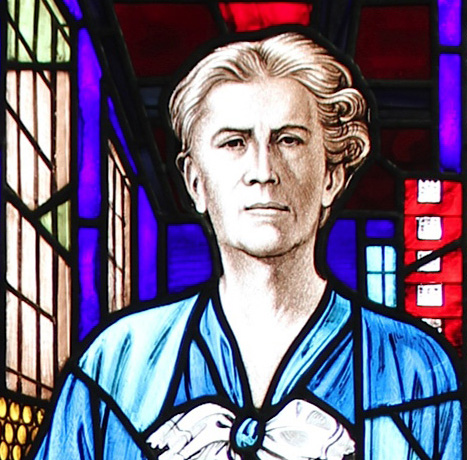Know Your Value and Our Heritage of Empowering Women
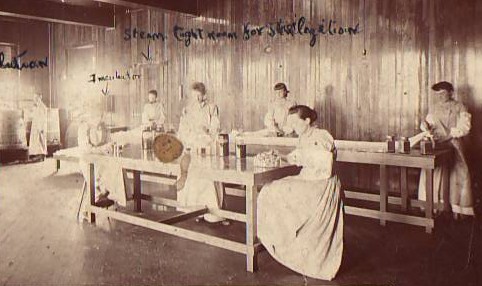
Johnson & Johnson is proud to partner with MSNBC and Mika Brezezinski on her Know Your Value platform, which is designed to empower women at work and encourage them to be actively healthier as part of that effort. This partnership is particularly meaningful to Johnson & Johnson in a variety of ways that go back to the company’s earliest roots.
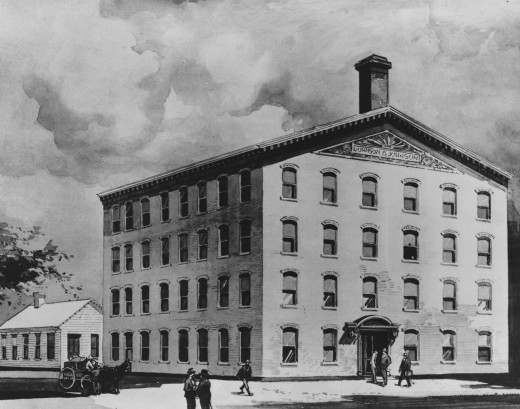
Johnson & Johnson has recognized the value of women and the importance of their unique contributions since the company was founded. Today we’re the world’s most comprehensive global health care company, but in 1886 Johnson & Johnson was a tiny little startup with just 14 employees, on the fourth floor of a rented former wallpaper factory in New Brunswick, New Jersey. More than half of those first employees – eight out of fourteen -- were women. They were handpicked by company founder James Wood Johnson for their willingness to take a chance on a new company formed around a big idea: making the first mass produced sterile surgical dressings and sutures to save the lives of patients in American hospitals. These employees helped get Johnson & Johnson off the ground, and our founders certainly recognized their value: a number of these earliest employees – including some of those eight women – rose to positions of responsibility in the company.

By 1908, Johnson & Johnson had grown considerably and had 36 different departments. These departments managed the manufacturing of the company’s many different products, and also included the lab, purchasing, shipping, advertising, finance and more. Out of those 36 departments, eight of them had female supervisors – including our sterile surgical products manufacturing, the most rigorous area of the company. In 1908 our sterile manufacturing was managed by Nora H----. She joined her colleagues M--- Denman, Gussie D---, Elizabeth P---, Kate B---, Emma T---, Laura R--- and Nettie B--- in supervising critical areas of the company’s manufacturing. But that’s not all. In 1907/1908, in an era when very few women attended college (in 1902 it was less than three percent) and even fewer were hired by companies as scientists, Johnson & Johnson hired its first female scientist, Edith von K---. She was a University of Minnesota graduate in chemistry, and she moved halfway across the United States to take the position as one of four staff scientists in our Scientific Department.
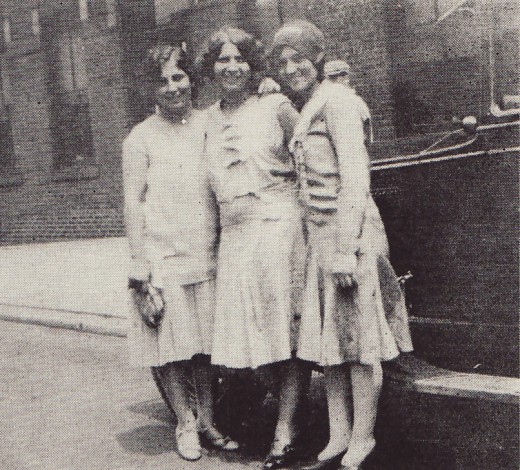
Many of these woman belonged to The Laurel Club, a company-supported social organization for women employees formed in 1907. The Laurel Club gave women a venue in which to build leadership skills, and its members began two longstanding employee traditions that help our women employees know their value today: volunteering in the community and exercising at work.
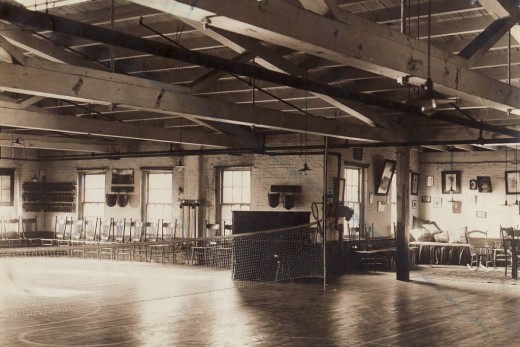
Today we know that health and wellness play a critical role in allowing employees to fulfill their potential and increase their energy so that they can bring their best selves to work and to their families. More than a century ago, Johnson & Johnson understood that employee health was crucial, and the company provided exercise facilities in the workplace (they were in the Laurel Club building) as well as bringing in instructors to teach classes. These classes included lawn and indoor tennis, dancing, swimming during the 1910s (in the company’s employee swimming pool!), and exercise. The March 27, 1907 edition of The New Brunswick Home News noted that the Laurel Club women “perform healthy physical exercises” wearing the latest in exercise clothing. In 1907 that meant matching blue flannel bloomers and blouses, black stockings and a type of shoe that was gaining in popularity called “sneakers” – which got their name because their rubber soles were so quiet that wearers could sneak up on people. The women of the Laurel Club also formed a women’s basketball team.
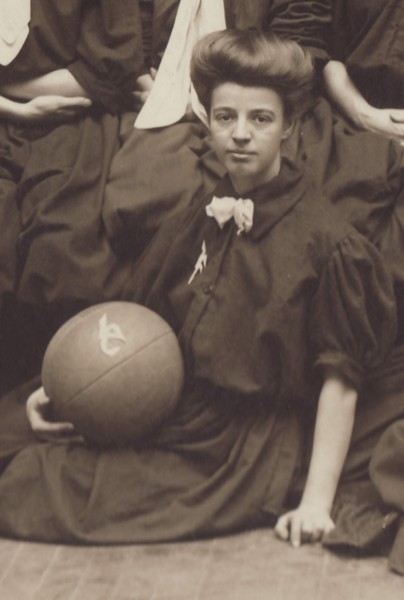
Here’s a look at one of those high performing, valuable women. In 1907 Emma T----- was the supervisor of the Lister’s Fumigator Department at Johnson & Johnson. Her department made an early public health product designed to help people protect themselves and their families against contagious disease. Emma was one of eight women who managed departments at Johnson & Johnson in that year, a responsible position that put her on the company’s superintending and management staff. Emma also exercised at work and played on the basketball team. As a Laurel Club member, she volunteered in the New Brunswick community in her spare time, helping the city’s underserved women and children.
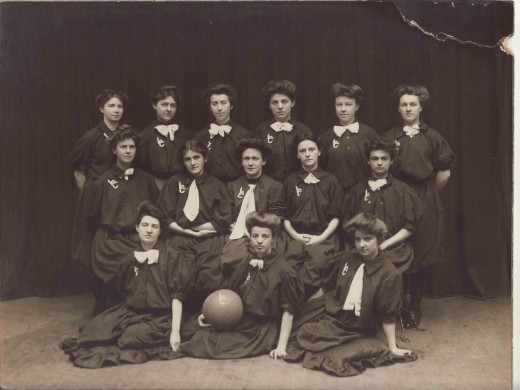
The opportunity to exercise at work would have helped Emma and her colleagues maintain their energy levels and would have given them renewed focus and confidence. Those qualities are apparent as she and her teammates gaze confidently at the camera in the iconic photograph that captures the Johnson & Johnson 1907 women’s basketball team, and they are reflected in the dignity and strength of Elizabeth P----, which shines through her stained glass portrait from so long ago.
The legacy of these pioneering women and the company's support for them helps the messages of the Know Your Value campaign resonate so powerfully at Johnson & Johnson.
